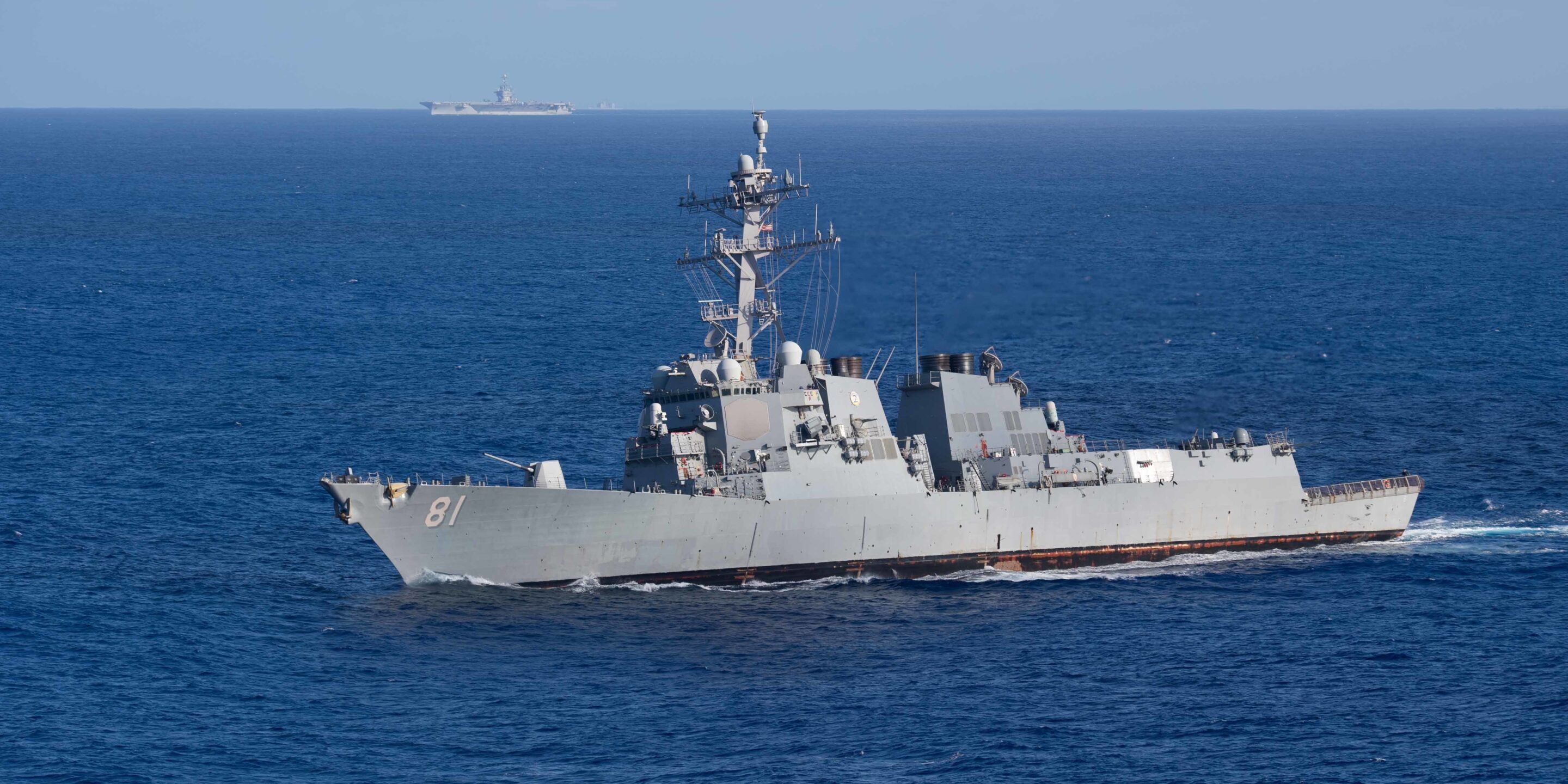After decades of strategic drift and costly acquisition failures, the U.S. Navy is sailing straight into a storm it can’t avoid. Despite the Defense Department’s lip service about China being the “pacing challenge,” decades of deindustrialization and policymakers’ failure to prioritize among services and threats have left the Navy ill-equipped to endure a sustained high-intensity conflict in the Pacific. The United States is unable to keep pace with Chinese shipbuilding and will fall even further behind in the coming years. Where does that leave the U.S. Navy and the most critical U.S. foreign-policy imperative: deterring a war in the Pacific?
As evidenced by the Biden administration’s latest budget request, fiscal constraints are forcing the Navy to cut procurement requests, delay modernization programs, and retire ships early. The Navy’s budget for the 2025 fiscal year calls for decommissioning 19 ships—including three nuclear-powered attack submarines and four guided-missile cruisers—while procuring only six new vessels. The full scope of what military analysts have long warned would be the “Terrible ’20s” is now evident: The expensive upgrading of the U.S. nuclear triad, simultaneous modernization efforts across the services, and the constraint of rising government debt are compelling the Pentagon to make tough choices about what it can and cannot pay for.
Read article in Foreign Policy
Authors

Gil
Barndollar
Non-Resident Fellow

Matthew
Mai
Research Associate
Events on Grand strategy



